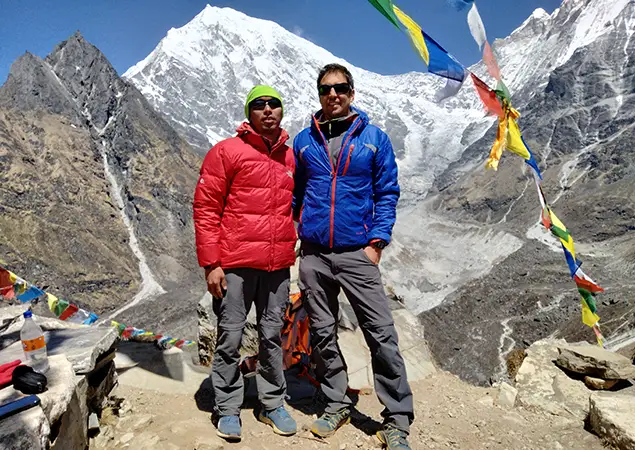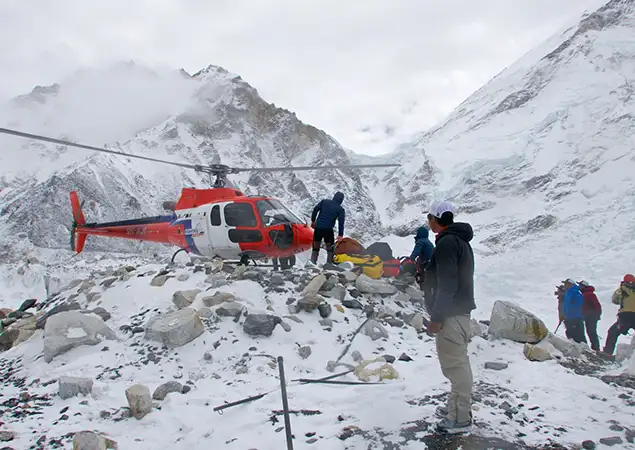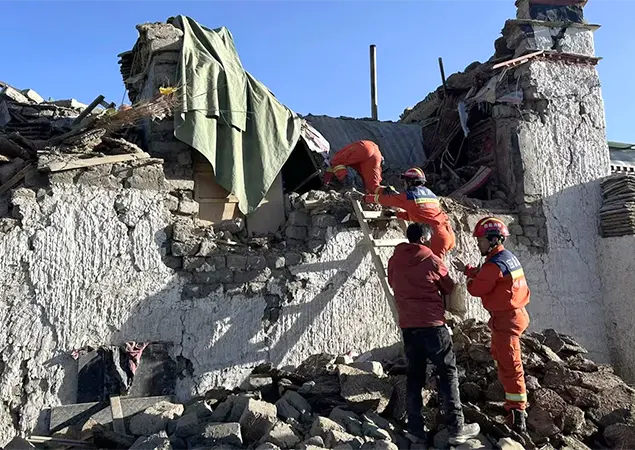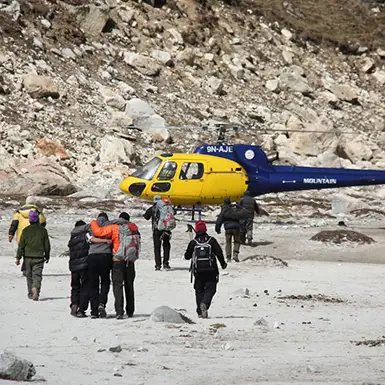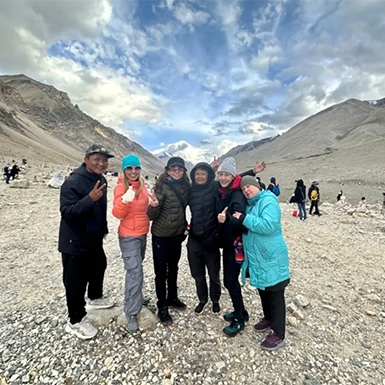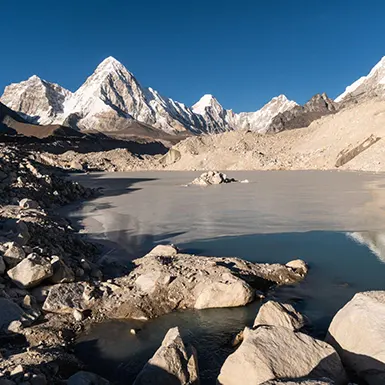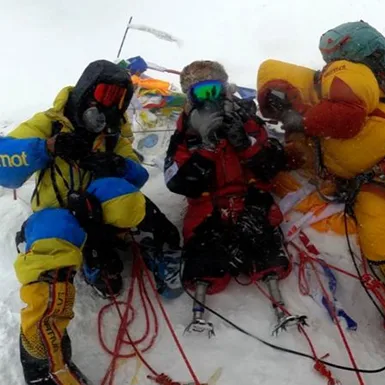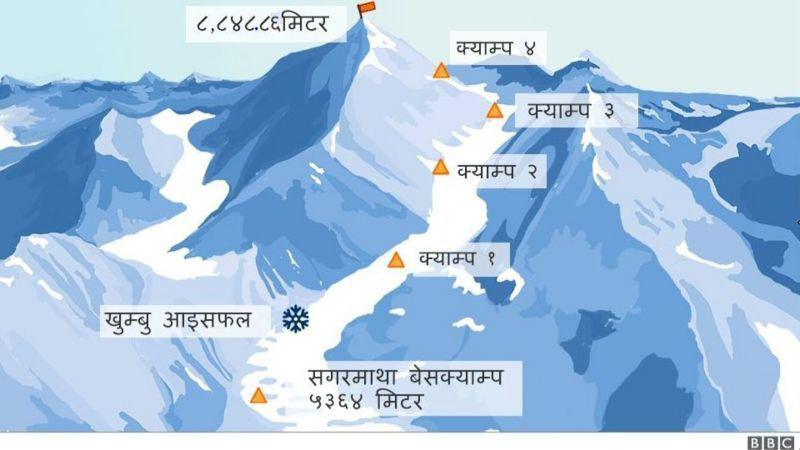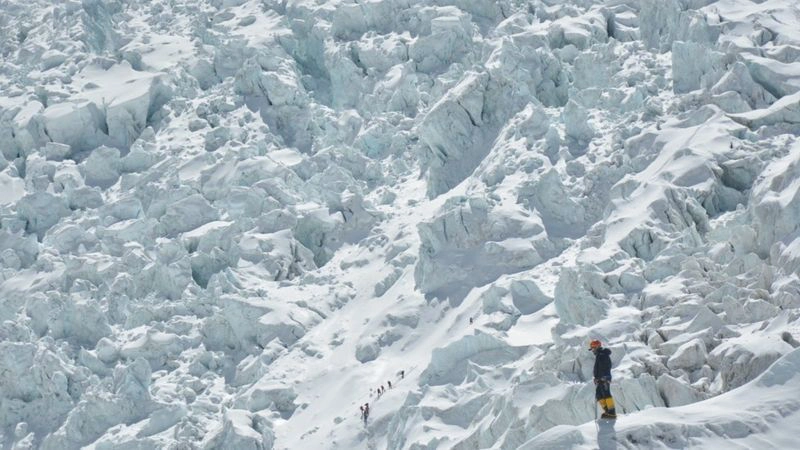How People Are Reacting to the Guide Rule
The announcement about the guide for the Langtang trek rule has caused varied reactions from different groups.
Tourism Professionals: Many in the tourism sector have welcomed this step, aligning with responsible tourism trends worldwide. A guide for the Langtang trek will improve the whole experience by giving trekkers valuable insights into the region’s unique culture, history, and natural world.
Local Residents: People in the Langtang region are mostly optimistic about the new regulation. They see it as a way to earn a living and raise their quality of life through increased demand for a guide for the Langtang trek. However, some wonder if enough trained guides will be available and if training programs are needed to meet the expected rise in demand.
Tourists: Some travelers appreciate that having a guide for the Langtang trek will improve safety and environmental protection. Others, however, are not so happy, feeling it limits their freedom to explore the region independently. Travelers on a tight budget are particularly concerned about the extra cost of hiring a guide for the Langtang trek.
Langtang trek with a guide: Challenges in Making the Rule Work
Even with good intentions, making the guide for the Langtang trek rule work smoothly will not be easy.
Finding Enough Guides: It’s essential to ensure enough qualified and licensed guides are available to meet the demand. The government and tourism bodies may need to invest in guide training and licensing to support the Langtang trek with a guide policy.
Making Sure People Follow the Rule: Monitoring and enforcing the new regulation will be vital. Authorities must set up checks along Langtang trek routes and apply penalties for those who don’t comply with the guide for Langtang trek requirement.
Spreading the Word: Many tourists might not know about this new rule. Clear and effective communication through embassies, travel agents, and online platforms is needed to ensure everyone knows the mandatory guide for the Langtang trek.
Nepal’s Commitment to Sustainable Tourism
The Langtang trek with a guide regulation is part of a broader push by the Nepalese government to promote sustainable tourism across the country. Recently, Nepal has been taking more steps to balance the financial gains from tourism with the essential need to protect its natural and cultural heritage.
For example, Nepal has tightened rules for mountain climbing expeditions, including mandatory waste disposal systems and higher climbing permit fees. Likewise, initiatives such as the “Visit Nepal 2025” campaign aim to attract tourists who will spend more and appreciate Nepal’s offerings while reducing the negative environmental impacts of tourism.
Conclusion: A Step Forward for Langtang Tourism
Making guides mandatory for tourists in the Langtang region represents a significant move towards making trekking in Nepal safer and more sustainable. While there may be some initial difficulties in implementing the rule, the long-term advantages for tourist safety, environmental protection, and local economic growth are evident.
As Nepal aims to become a leading destination for adventure tourism, these actions are vital for ensuring that the country’s precious natural and cultural treasures are safeguarded for future generations. Choosing a Langtang trek with a guide will fulfill the new requirement and enrich the tourist experience, offering a valuable understanding of the region’s unique culture and diverse environment.
Ultimately, the success of this Langtang trek with a guide initiative will depend on teamwork. The government, tourism industry, local communities, and tourists must all work together to ensure the Langtang region stays a beautiful and welcoming place for many years.
Reference: Tourist going to Langtang should Now have a guide
